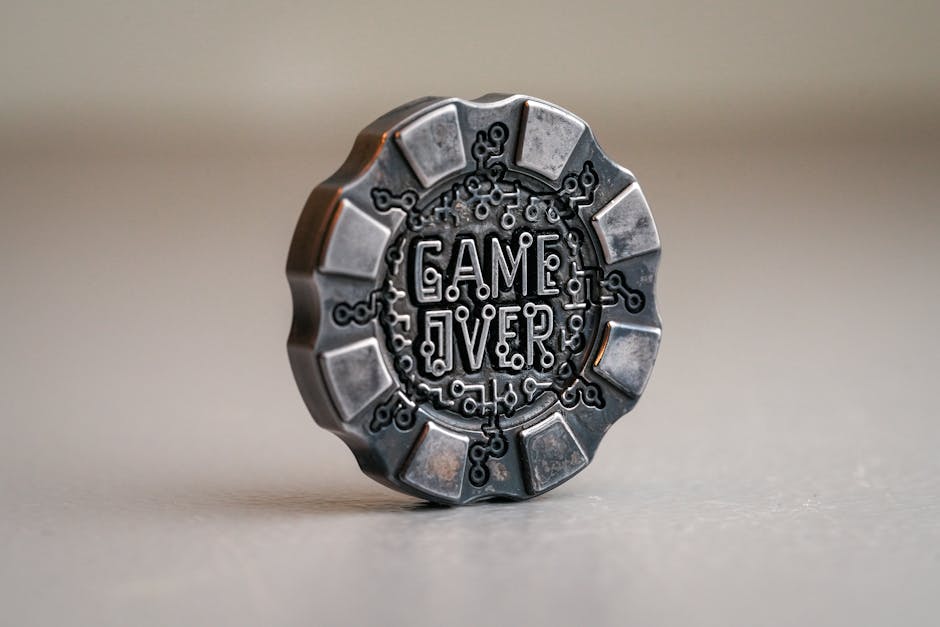Intro: Why Player Voices Matter
When it comes to understanding elite performance, numbers only tell part of the story. Direct insights from players offer a deeper, more nuanced view of what it really takes to succeed at the highest levels.
Beyond the Stats
Raw data can show trends, wins, and losses—but it can’t explain the personal decisions, internal pressure, or split-second calls players make during critical moments.
- Stats reflect outcomes, not mindset
- Metrics can’t replace real-time thinking and emotional resilience
- Interviews provide the missing context: the ‘why’ and ‘how’ behind the numbers
A Competitive Edge from Firsthand Insights
Tapping into player interviews reveals the strategies and routines that often go unnoticed. These are the edge cases—the stories behind comebacks, growth spurts, and unshakable confidence.
- Learn the mindset behind high-pressure performances
- Discover unconventional prep techniques and routines
- Understand motivation from the player’s point of view
Mind Over Mechanics
Top players know the game inside and out, but what sets them apart is their mental endurance. Understanding their thought processes during highs, lows, wins, and losses gives aspiring players a rare chance to study success from the inside.
- Mental strength often outweighs mechanical skill
- Self-awareness and resilience build long-term growth
- Strategic thinking separates good players from great ones
Player interviews aren’t just personal stories—they’re blueprints for performance. By paying attention, you can extract lessons that no leaderboard can teach.
Theme 1: Training Mindsets That Set Winners Apart
Elite players don’t roll out of bed and expect to dominate. Their practice days are built on structure—tight, repeatable, and purposeful. The schedule usually isn’t flashy: warm-up routines, targeted mechanics drills, VOD reviews, and team scrims. Some even slot in 10-minute reflection blocks to review what worked and what didn’t. The key is intention. No wasted reps.
Discipline beats raw talent in the long game. Natural ability might carry you through a few lobbies. But the ones who sustain wins over months? They’re the players who show up on off-days, stick to the plan, and don’t let ego get louder than execution. Skill plateaus fast without consistency.
Mental prep isn’t just a buzzword either. Top-tier players actively rehearse scenarios in their minds before matches. Visualization and pre-game routines—breathing drills, quiet time, even affirmations—get their heads where they need to be. When the pressure spikes, the difference between choking and clutching is usually mental reps, not muscle memory.
Winning isn’t magic. It’s method. And method starts with mindset.
Theme 2: In-Game Adaptability
Quick thinking isn’t optional at the elite level—it’s required. When the meta changes overnight, top players don’t whine, they pivot. It’s not just about reflexes or aim anymore. It’s who can read a shift, process new variables, and respond with precision in real time.
Elite players treat patch notes and updates like playbooks. They test fast, fail fast, and find edge cases others miss. A character nerf isn’t a setback—it’s a signal to adapt habits, swap gear, or try a different comp entirely.
Like Kora, a mid-laner who tanked her rank after a sudden meta shake-up in Spring Split. Most wrote her off. She swapped champions, retooled her playstyle around utility, and within six weeks was hard-carrying her team again. Her key move? Breaking down her match footage daily and looking for patterns—positioning issues, decision delays, gaps in pressure. Then she fixed them. One at a time.
Adaptability isn’t a flashy skill, but in a shifting landscape, it’s the silent killer. The best players move fast, but more importantly—they move forward.
Theme 3: Communication & Team Dynamics
Flashy plays win highlights. Communication wins games. Across every esports title, from FPS to MOBAs, the one skill pros call irreplaceable is clean, clear communication. You don’t need five cracked fraggers—you need five players reading each other like second nature.
Good comms cut through chaos. It’s shot-callers who keep the tempo, support mains who track cooldowns, and role players who speak when it counts. Without trust and defined roles, even the most talented squads become noisy messes. The teams that rise? They operate like clockwork.
We talked to veteran players across multiple titles. Their tips are sharp, not fluffy:
- Keep callouts short and repeat only when needed.
- Never flood voice comms during fights—timing is everything.
- Assign key info duties early: who tracks ults, who leads rotations.
- Build synergy outside the game too—it carries in.
Internal trust can’t be faked. One pro told us: “I’d rather play with a calm teammate at 80% skill than a tilt-prone genius.” Star moves are nice, but synergy is what lifts trophies.
Theme 4: Feedback Loops and Self-Review
High-level players don’t wait for a coach to tell them what went wrong. They watch their own VODs. Frame by frame. Slow-mo if needed. Every fight, every missed timing, every small decision—they break it down, note the repeat mistakes, then tighten the screws. Self-coaching isn’t a backup plan. It’s standard operating procedure.
Performance metrics matter too. Heat maps, kill/death ratios, reaction times—pros track the data like traders watch the market. It’s not about perfection; it’s about patterns. Spot what’s dragging you down. Double down on what’s working.
What separates top-tier players is their relationship with feedback. They don’t flinch from criticism. They crave it, because they know it shortens the gap between where they are and where they want to be. A teammate tells them their comms are sloppy? They fix it. A coach points out poor positioning? They study five maps and adjust.
The best players treat feedback as fuel. It’s how good becomes elite.
More on what today’s gamers actually want out of feedback here: Analyzing Player Feedback – What Gamers Really Want
Theme 5: Life Outside the Game
For top players, staying sharp isn’t just about clutch plays—it’s about not burning out.
Training is non-stop, schedules are brutal, and the spotlight never turns off. That’s why the best take recovery seriously. They eat like athletes, sleep like it’s practice, and block time for hobbies that have nothing to do with their game. It’s not a luxury. It’s strategy. Burnout kills focus, delays reaction time, and wrecks consistency. So they treat rest, nutrition, and downtime like they do scrims—non-negotiable.
Then there’s the fame factor. Success can get loud, fast. Some players stay grounded by building routines that don’t change with public attention. Others lean on tight inner circles—friends, family, a coach. They limit noise, stay focused on performance, and remember why they play in the first place.
Balance isn’t soft. It’s sharp. And for players at the top, it’s part of the climb—not a break from it.
Wrap-Up: What You Can Learn from the Pros
Here’s the bottom line. Whether you’re grinding ranked matches every night or just queuing up on weekends with friends, the habits of top players have something to teach you. You don’t need a team of analysts or a coaching staff. But you do need structure. Short VOD reviews after big losses. A few focused hours of intentional practice. Communication that’s clear and calm—even when the stakes climb. These aren’t elite secrets; they’re repeatable behaviors.
Looking ahead, competitive development is moving toward refinement over raw grind. Smarter schedules. Sharper feedback. More awareness around burnout and mental fatigue. The pros have started treating competitive play like long-term performance, not short-term spikes. The next wave of top players will be strategic machines—not just aim gods.
And that’s the real lesson: success, at any level, isn’t built on streaks. It’s built on systems. Show up. Reflect. Improve. Repeat. Don’t chase the high. Build the foundation.


 Esports Trends Analyst & Community Programs Manager
Esports Trends Analyst & Community Programs Manager
